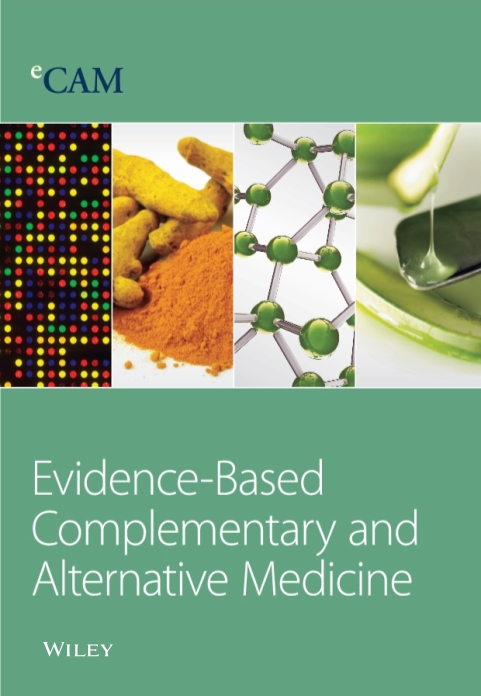埃塞俄比亚东南部巴莱区 Seweyna 地区使用的驱蚊植物的人种植物学研究
4区 医学
Q2 Medicine
Evidence-based Complementary and Alternative Medicine
Pub Date : 2024-03-15
DOI:10.1155/2024/6610579
引用次数: 0
摘要
在许多疟疾流行地区,主要疟疾病媒对杀虫剂产生了抗药性,这阻碍了通过病媒控制策略来控制疟疾的工作,因此有必要采取替代控制措施。本研究旨在记录埃塞俄比亚东南部 Seweyna 地区传统上用作驱蚊剂的植物。民族植物学数据是通过半结构式访谈、实地观察和有向导的实地考察收集的,在该地区的四个村落共采访了 98 名信息提供者。当地社区共使用了 19 种植物作为驱蚊剂,其中 42.1% 是树木。这些植物属于 12 个科。在这些科中,植物科最多,有 4 种,其次是豆科(3 种)。最常提及的植物物种是 Mimusops kummel(90.81%),其次是 Acokanthera schimperi(84.69%)、Boswellia microphylla(79.6%)和 Calpurnia aurea(79.6%)。茎是最常用的驱蚊植物部分(47.3%)。大多数当地社区(52.6%)使用燃烧新鲜或干燥的植物部分来产生烟雾,这是最常见的做法。目前的人种植物学研究表明,Seweyna 地区的当地社区使用植物驱蚊。今后,应在实验室和实地条件下测试这些植物对主要疟疾病媒的驱蚊效果。此外,还应确定驱蚊活性的生物活性化合物。本文章由计算机程序翻译,如有差异,请以英文原文为准。
Ethnobotanical Study of Mosquito Repellent Plants Used in Seweyna District, Bale Zone, Southeast, Ethiopia
Malaria control efforts through vector control strategies are hindered by the development of insecticide resistance by major malaria vectors in many malaria-endemic areas, which necessitate the need for alternative control measures. The aim of this study was to document plants traditionally used as mosquito repellents in Seweyna district, southeastern Ethiopia. The ethnobotanical data were collected using semistructured interviews, field observation, and guided field walks in four kebeles of the district with 98 informants. A total of 19 plant species were used by the local community as mosquito repellent, with 42.1% being trees. These plant species belong to 12 families. Of these families, the family Burseraceae was the most represented, with four species, followed by Fabaceae (3 species). The most frequently mentioned plant species were Mimusops kummel (90.81%), followed by Acokanthera schimperi (84.69%), Boswellia microphylla (79.6%), and Calpurnia aurea (79.6%). The stem was the most common plant part used (47.3%) to repel mosquitoes. Most of the local communities (52.6%) use the burning of either fresh or dry plant parts to generate smoke, which is the most common practice. The current ethnobotanical study indicates that the local community in the Seweyna district uses the plants to repel mosquitoes. In the future, the repellent efficacy of these plants against the major malaria vector should be tested under laboratory and field conditions. Besides, the identification of the bioactive compounds responsible for the repellent activity should also be determined.
求助全文
通过发布文献求助,成功后即可免费获取论文全文。
去求助
来源期刊
自引率
0.00%
发文量
1983
审稿时长
2.2 months
期刊介绍:
Evidence-Based Complementary and Alternative Medicine (eCAM) is an international, peer-reviewed journal that seeks to understand the sources and to encourage rigorous research in this new, yet ancient world of complementary and alternative medicine.
The journal seeks to apply scientific rigor to the study of complementary and alternative medicine (CAM) modalities, particularly traditional Asian healing systems. eCAM emphasizes health outcome, while documenting biological mechanisms of action. The journal is devoted to the advancement of science in the field of basic research, clinical studies, methodology or scientific theory in diverse areas of Biomedical Sciences. The journal does not consider articles on homeopathy.

 求助内容:
求助内容: 应助结果提醒方式:
应助结果提醒方式:


